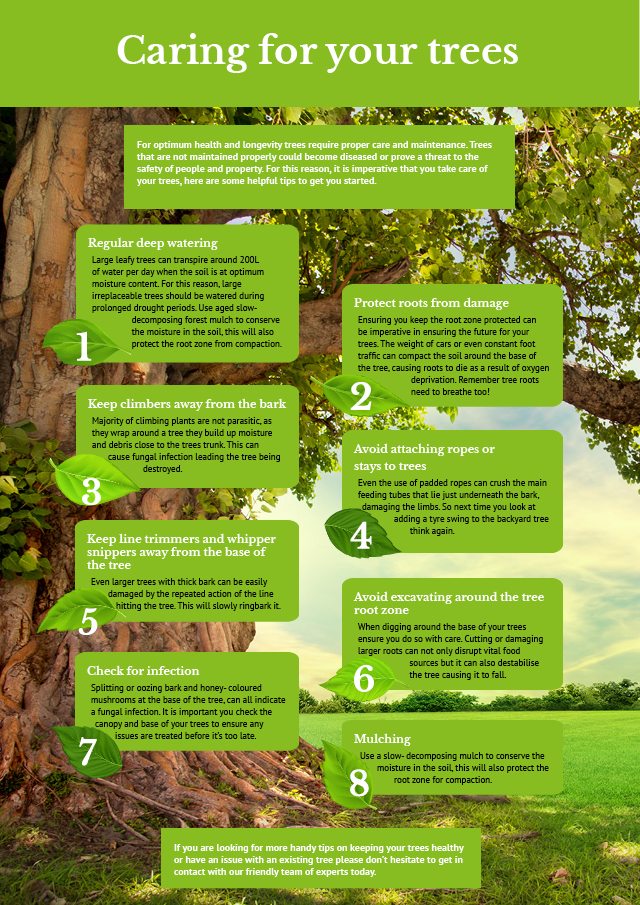Tree Elimination Aftercare: Best Practices For Landscape Recovery
Tree Elimination Aftercare: Best Practices For Landscape Recovery
Blog Article
Post Author-McMillan Massey
After a tree's removal, your landscape might look quite various, and it's necessary to evaluate the after-effects carefully. You'll want to evaluate the dirt disruption and inspect bordering plants for any type of signs of stress. Ignoring these aspects can lead to bigger troubles down the line. So, what should you finish with those stumps and roots? And how do you choose the best plants for your revitalized area? Allow's discover these crucial steps.
Analyzing the Aftermath: Reviewing Your Landscape
After a tree elimination, it's crucial to analyze your landscape to recognize the effect it carries your lawn.
Begin by checking out the area where the tree stood. Seek signs of dirt disruption, and inspect the surrounding plants for any kind of stress and anxiety or damage.
You ought to likewise keep in mind of just how the removal has transformed sunshine direct exposure and air movement in your garden. This shift can impact the development of nearby plants, so it's essential to examine their health.
Think about the visual aspects too; the elimination might produce an open space that you can revamp.
Lastly, consider any prospective erosion problems that might develop from the tree's absence. Addressing these elements early will help restore equilibrium to your landscape.
Taking care of Stumps and Origins: Options for Elimination
When you've evaluated the consequences of the tree removal, you'll likely need to tackle the stump and origins left.
You have a couple of options for elimination. One reliable technique is stump grinding, where an expert uses a device to grind the stump to underground degree. Naics Code For Tree Removal leaves minimal interruption to your landscape.
If you favor a do it yourself method, you can utilize a mix of digging and chemical stump eliminators. Simply bear in mind, this process can take time and effort.
Conversely, take into consideration leaving the stump as an all-natural function, which can function as an unique yard component or habitat for wild animals.
Whatever you pick, attending to the stump and roots is necessary for recovering your landscape.
Choosing the Right Plant Kingdoms for Your New Room
As you evaluate your newly removed room, picking the right plants can dramatically enhance your landscape's elegance and functionality.
Begin by considering the sunlight and soil problems. For bright locations, go with drought-resistant plants like lavender or succulents. In shaded areas, brushes and hostas flourish well.
Think of the size and development practices of your plants; mix perennials and annuals for seasonal selection. Don't forget to integrate indigenous types; they need less maintenance and assistance neighborhood wild animals.
Team plants in strange numbers for an extra natural look and create layers for aesthetic depth.
Finally, guarantee you have a mix of shades and textures to maintain your landscape vivid throughout the seasons.
Happy planting!
Final thought
Finally, restoring your landscape after tree removal is a gratifying process. By evaluating the consequences, resolving stumps and origins, and choosing the right plants, you'll produce a thriving atmosphere. https://thedailychronicle.in/news/2389436/global-nano-cmp-slurry-market-2020-swot-analysis-versum-materials-wec-group-saint-gobain-fujifilm/ to incorporate erosion control steps to protect your soil. With a little initiative and treatment, you can transform your room right into a vibrant garden that boosts your building. Accept the chance to invigorate your landscape and enjoy the appeal of nature right in your backyard!
